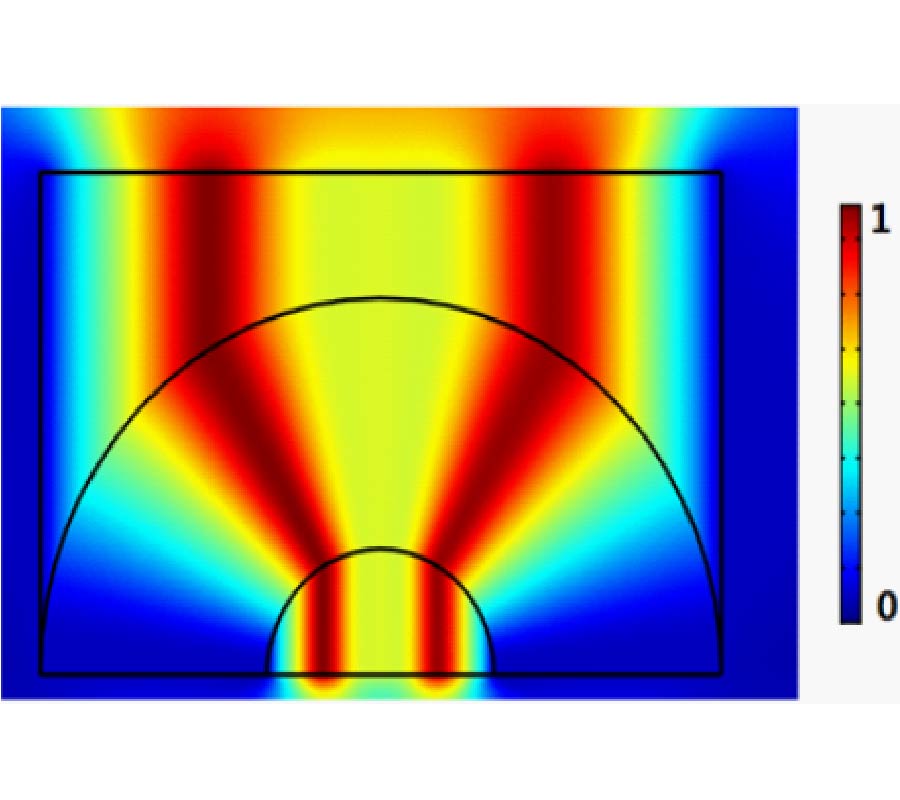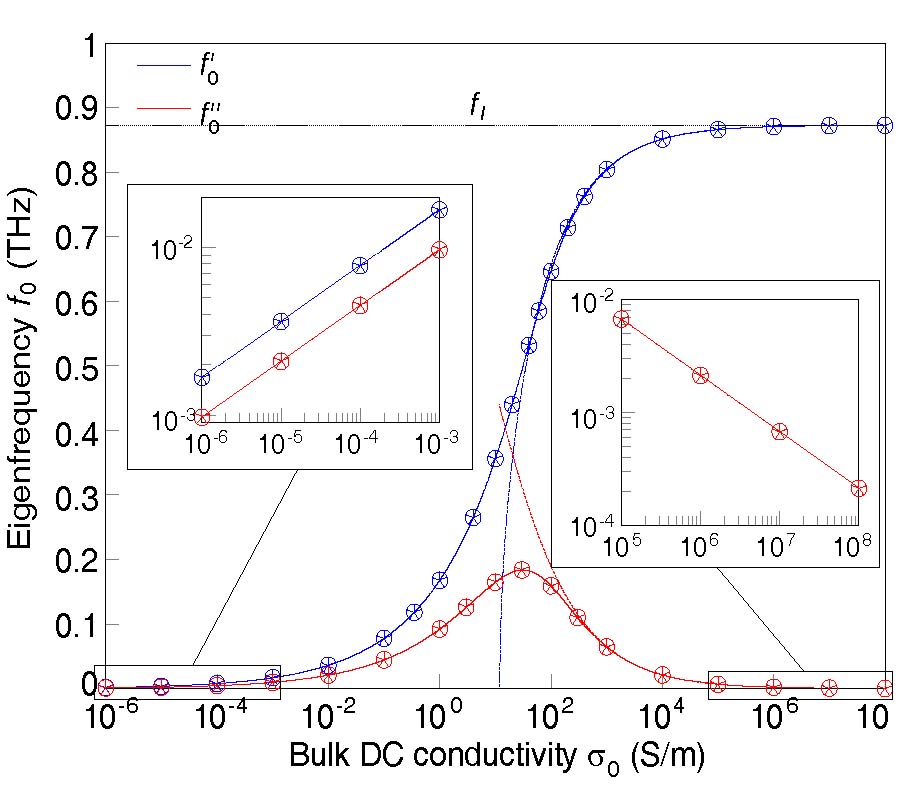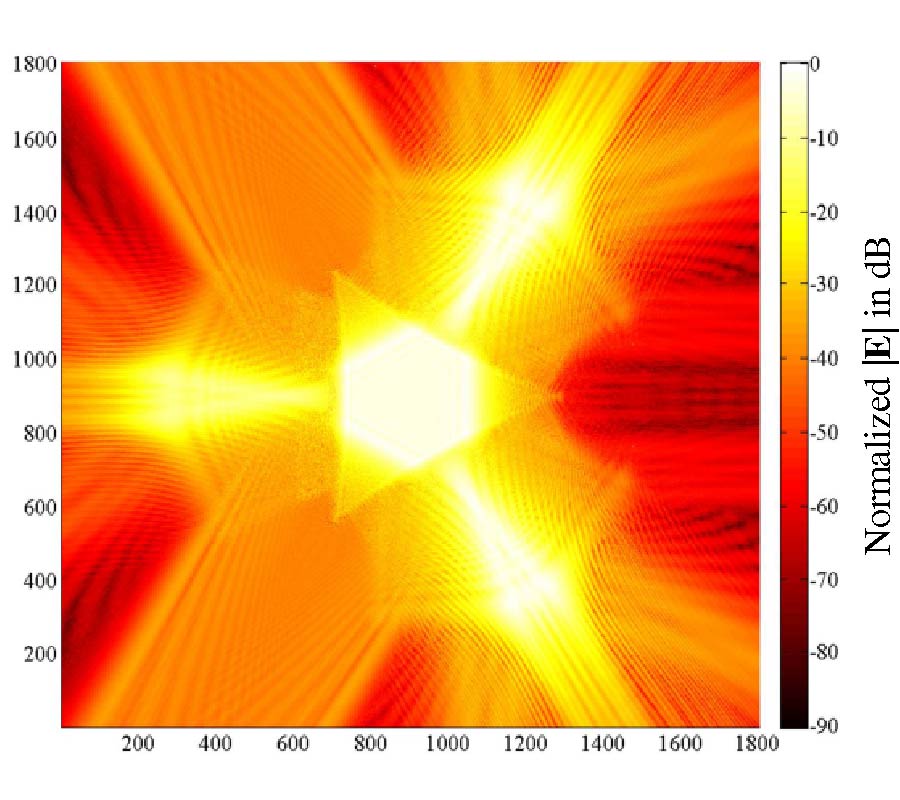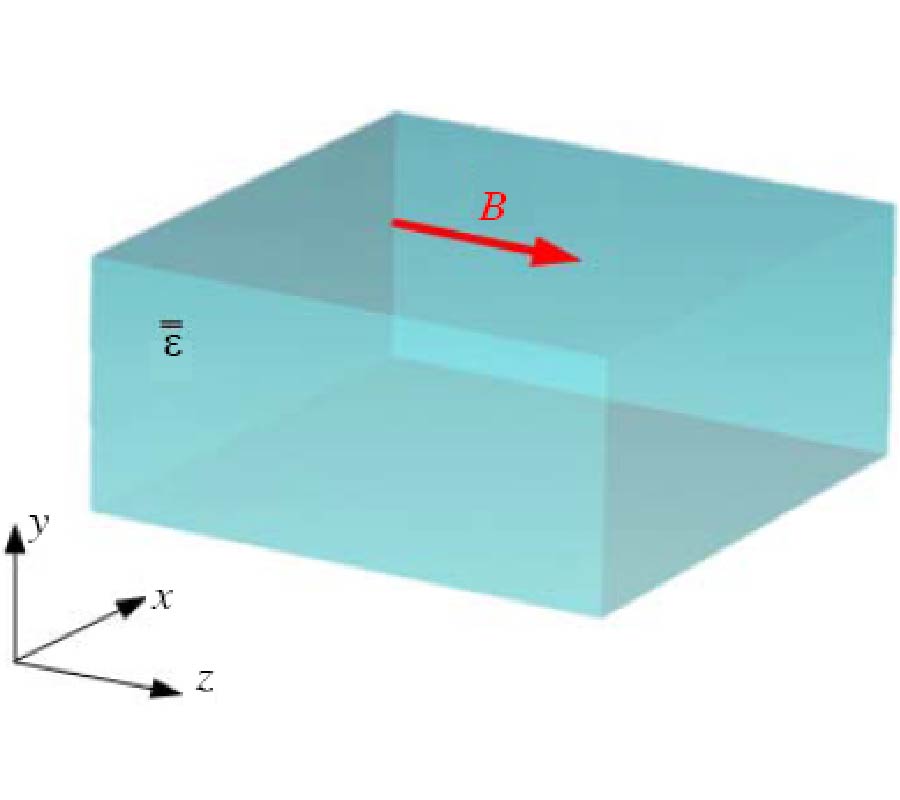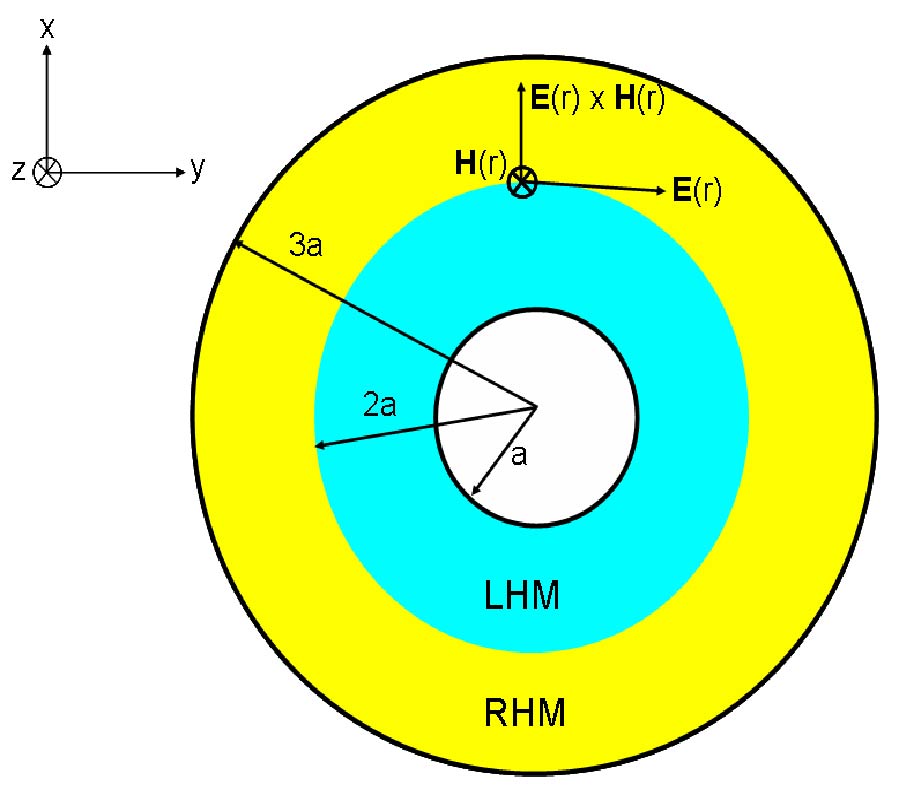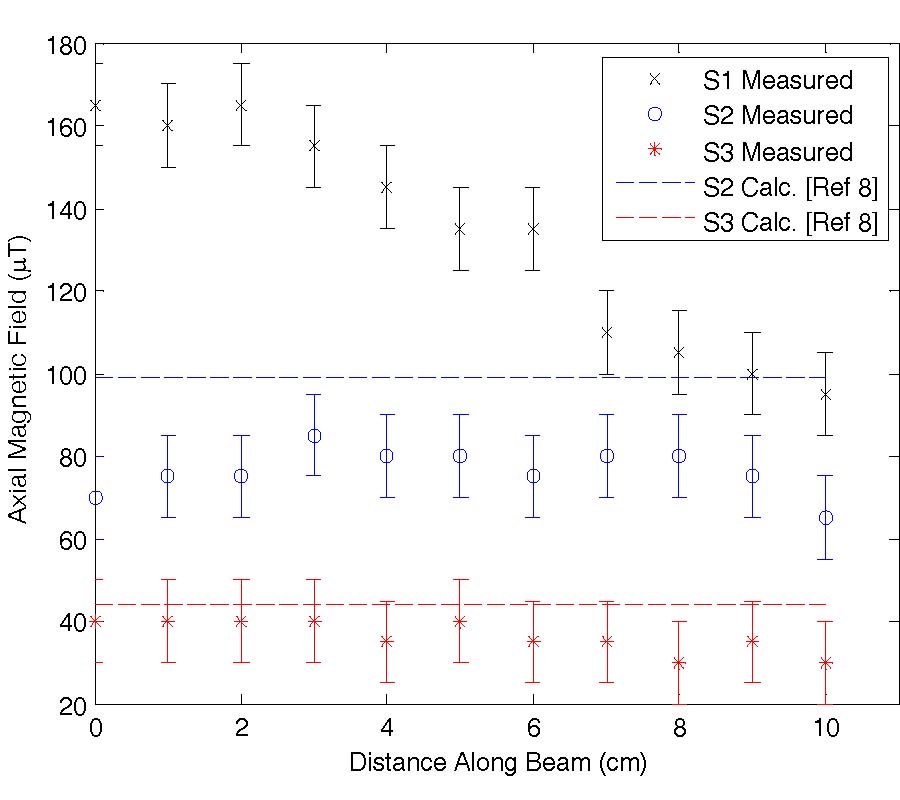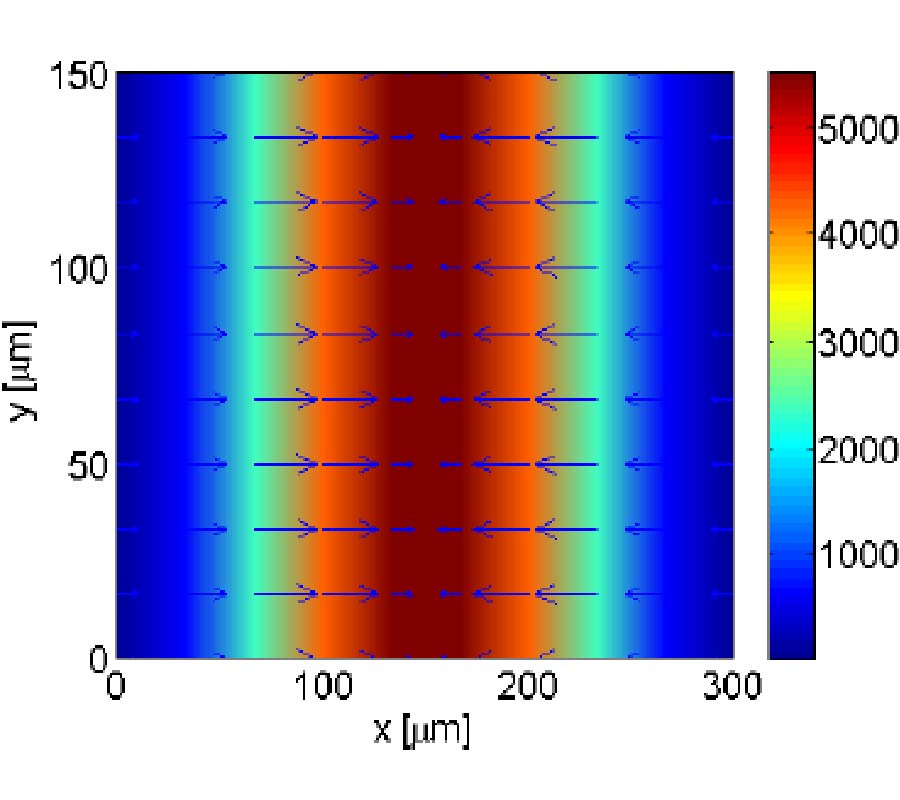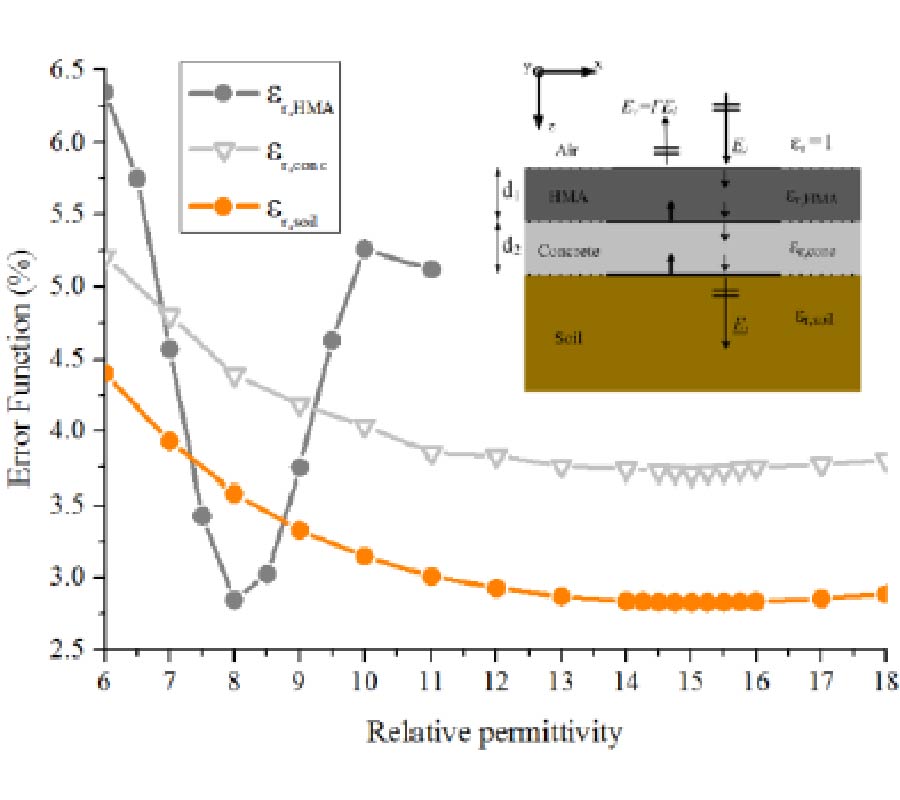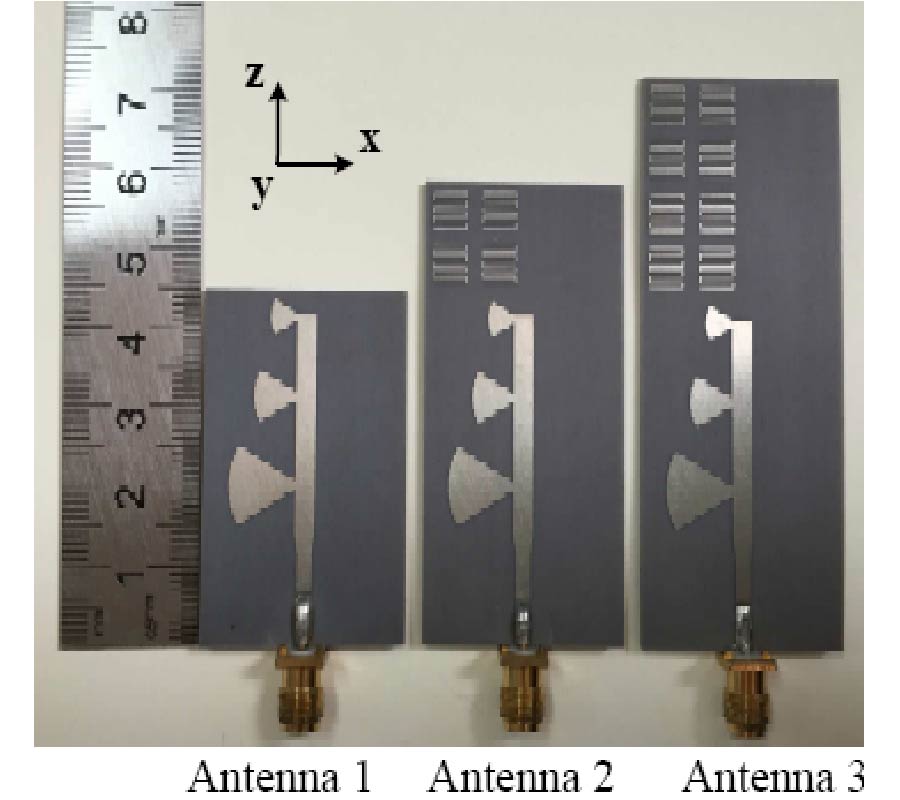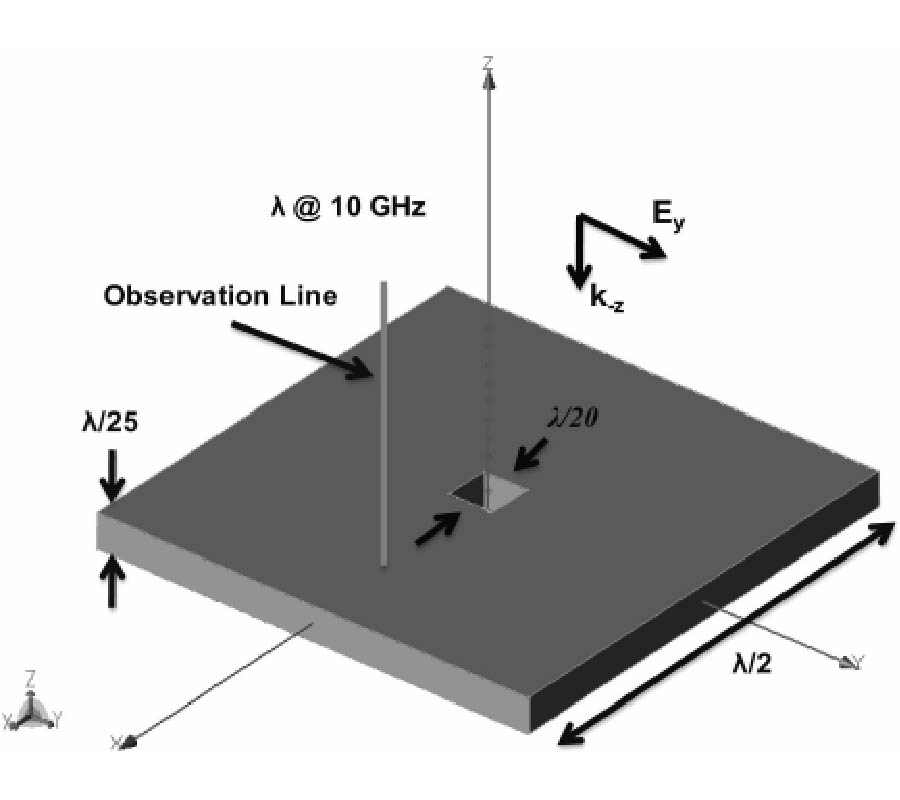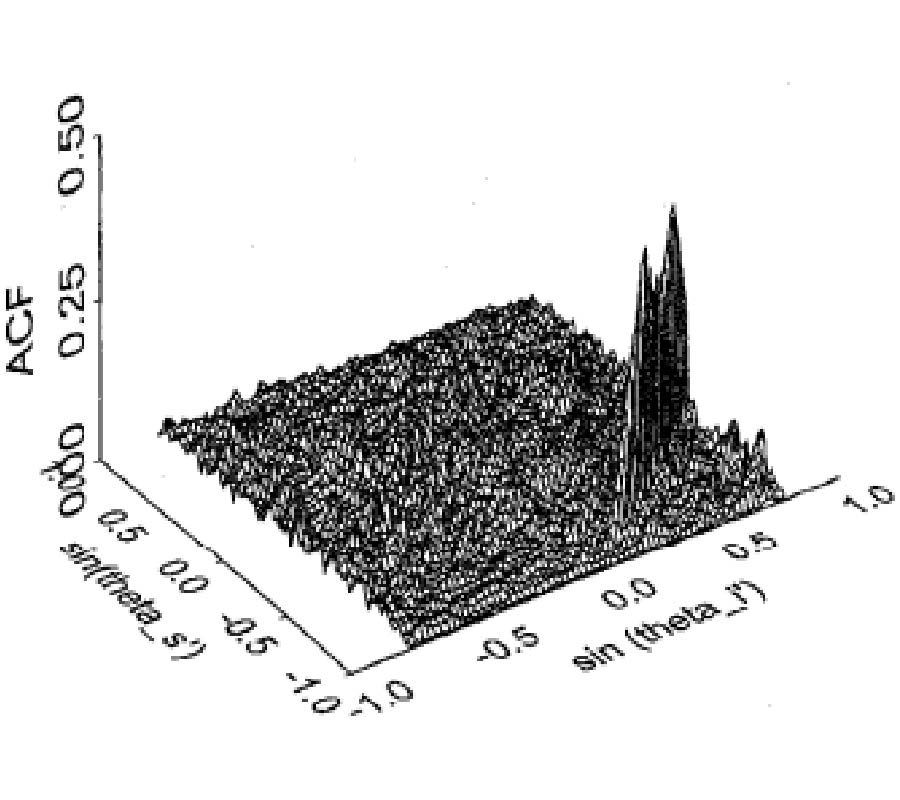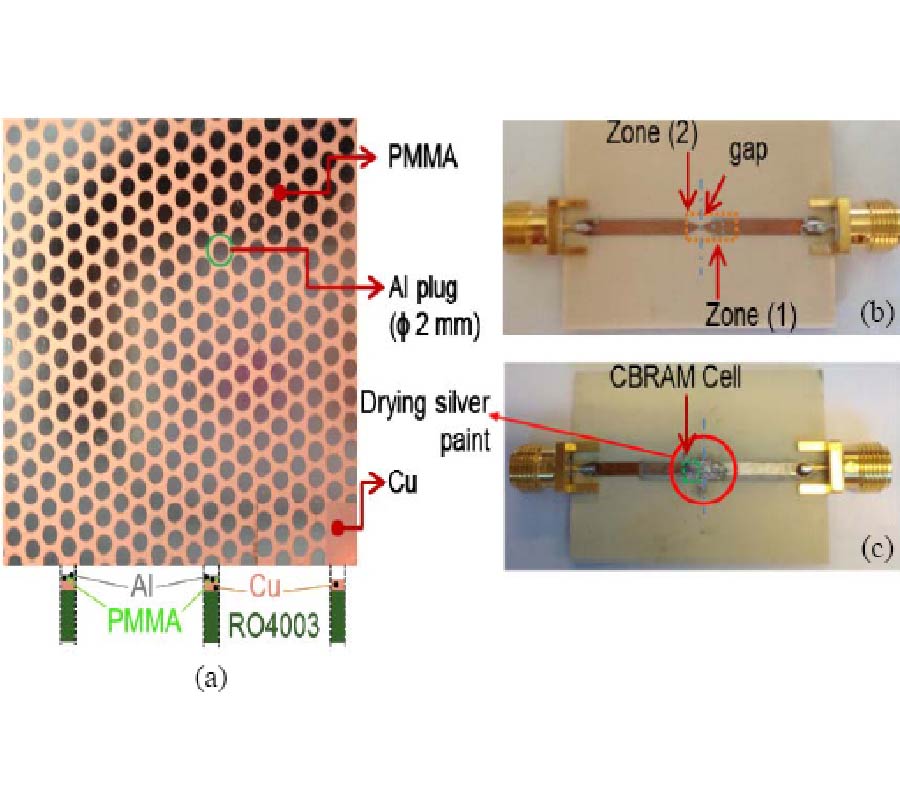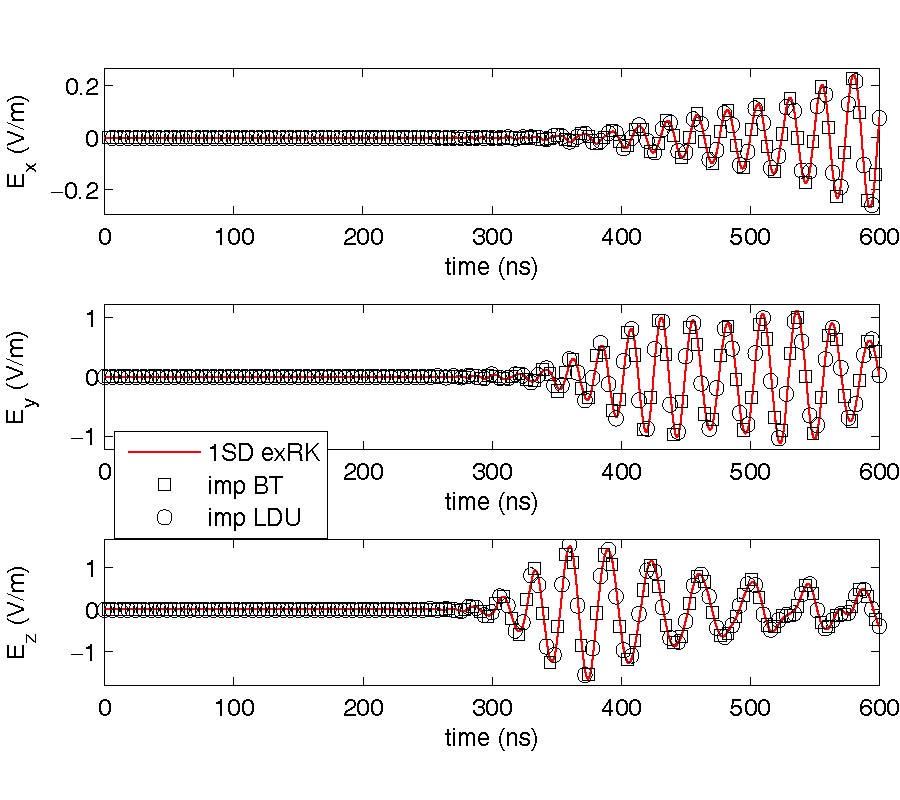Electromagnetic Field Transformations for Measurements and Simulations (Invited Paper)
Thomas F. Eibert
,
Emre Kilic
,
Carlos Lopez
,
Raimund A. M. Mauermayer
,
Ole Neitz
and
Georg Schnattinger
Electromagnetic field transformations are important for electromagnetic simulations and for measurements. Especially for field measurements, the influence of the measurement probe must be considered, and this can be achieved by working with weighted field transformations. This paper is a review paper on weighted field transformations, where new information on algorithmic properties and new results are also included. Starting from the spatial domain weighted radiation integral involving free space Green's functions, properties such as uniqueness and the meaning of the weighting function are discussed. Several spectral domain formulations of the weighted field transformation integrals are reviewed. The focus of the paper is on hierarchical multilevel representations of irregular field transformations with propagating plane waves on the Ewald sphere. The resulting Fast Irregular Antenna Field Transformation Algorithm (FIAFTA) is a versatile and efficient transformation technique for arbitrary antenna and scattering fields. The fields can be sampled at arbitrary irregular locations and with arbitrary measurement probes without compromising the accuracy and the efficiency of the algorithm. FIAFTA supports different equivalent sources representations of the radiation or scattering object: 1) equivalent surface current densities discretized on triangular meshes, 2) plane wave representations, 3) spherical harmonics representations. The current densities provide for excellent spatial localization and deliver most diagnostics information about the test object. A priori information about the test object can easily be incorporated, too. Using plane wave and spherical harmonics representations, the spatial localization is not as good as with spatial current densities, but still much better than in the case of conventional modal expansions. Both far-field based expansions lead to faster transformations than the equivalent currents and in particular the orthogonal spherical harmonics expansion is a very attractive and robust choice. All three expansions are well-suited for efficient echo suppression by spatial filtering. Various new field transformation and new computational performance results are shown in order to illustrate some capabilities of the algorithm.
